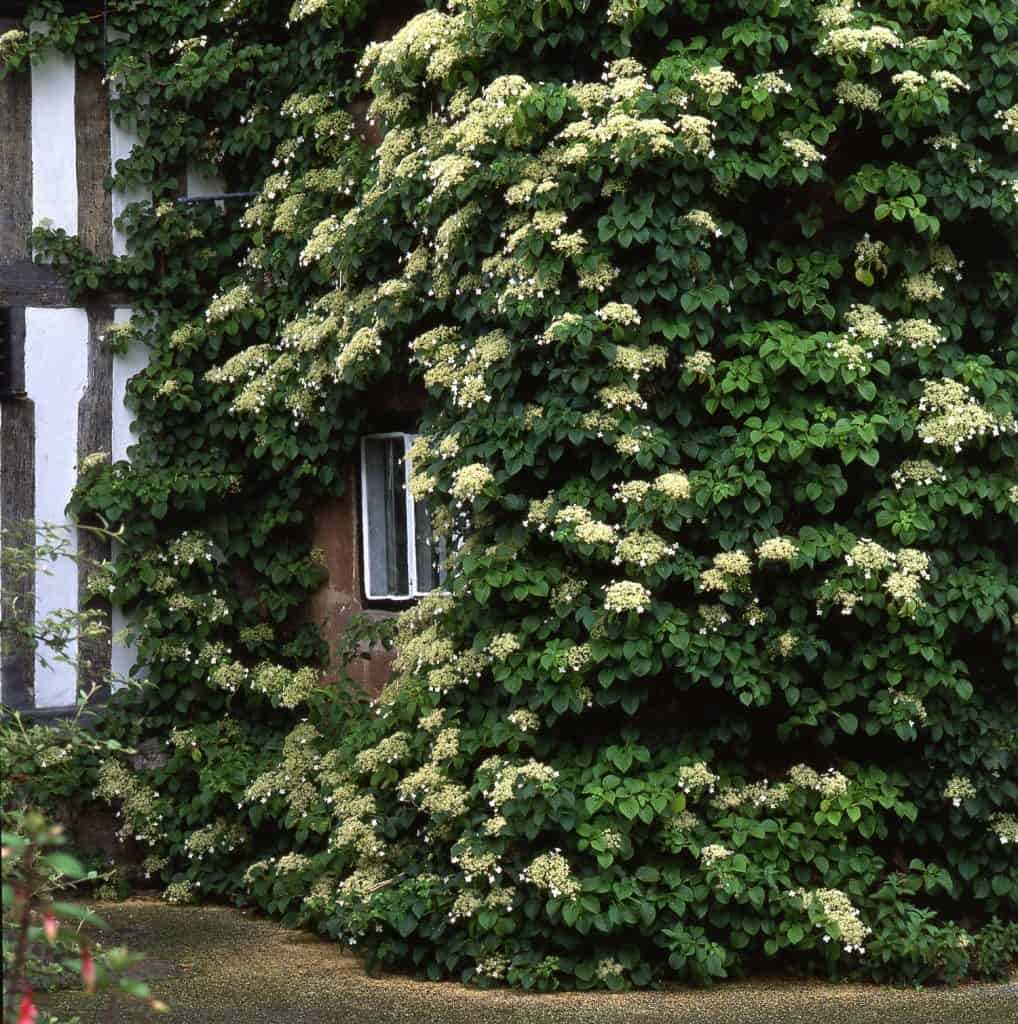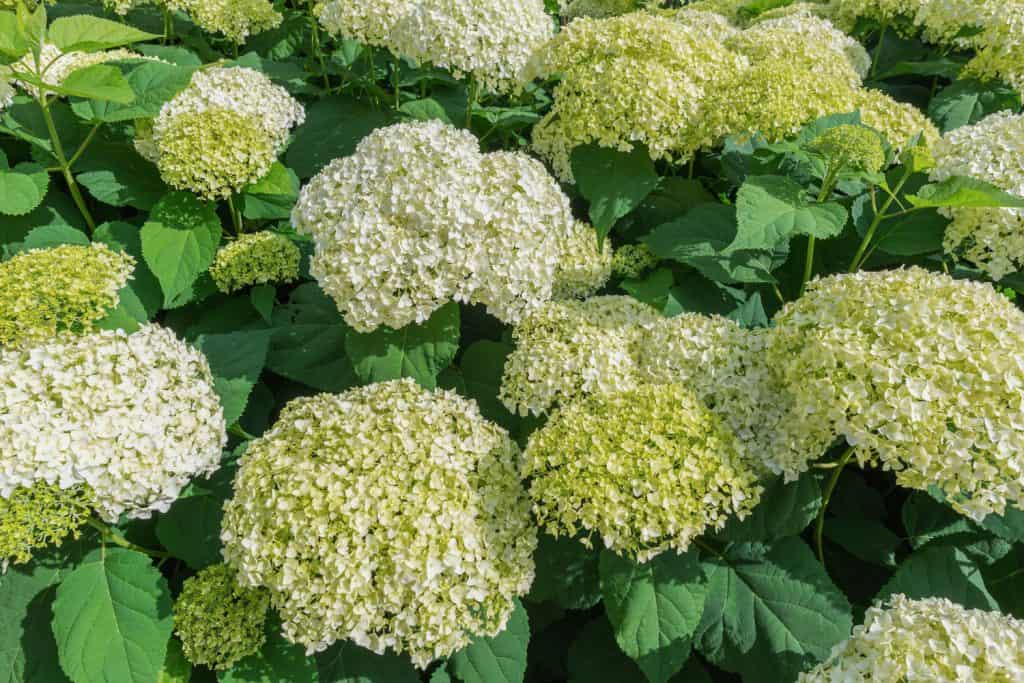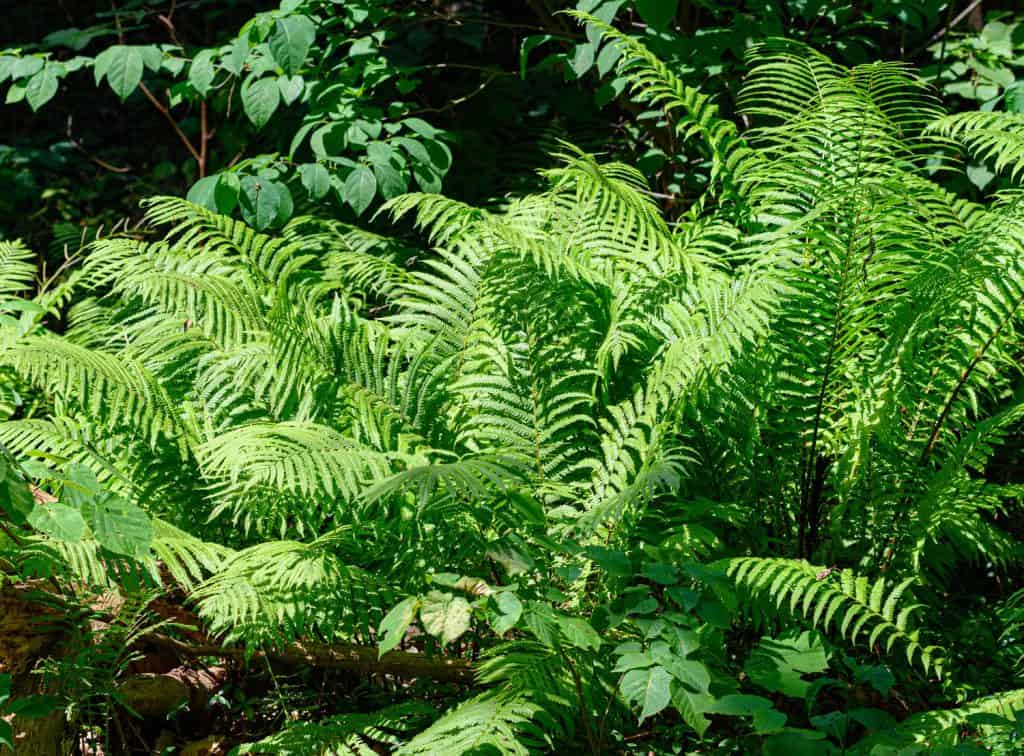Clay soil can be the enemy of the gardener. It's hard to work with, stunts roots and holds too much water. Hydrangeas love water, but do they like clay soil? Luckily, we've done plenty of research and have the answer here for you. Let's discuss.
While not every variety of hydrangea thrives in clay soil, you can still get them to grow there. Generally, hydrangeas are relatively tolerant and not too picky about soil. Pick one of the subtypes that do well in clay, or be sure to prepare the soil well first to encourage drainage.
In this article, we'll cover the best kind of soil for hydrangeas. We'll show you how to fix clay soil so that your flowers can still do well. We'll also give you a few types of hydrangeas that do great in clay. With that said, let's dive right into this topic!
![Pink, blue, lilac, violet, purple Hydrangea flower (Hydrangea macrophylla) blooming in spring and summer in a garden, Do Hydrangeas Like Clay Soil? [And How To Grow Them]](https://gardentabs.com/wp-content/uploads/2022/03/Do-Hydrangeas-Like-Clay-Soil-And-How-To-Grow-Them-683x1024.png)
What Type Of Soil Do Hydrangeas Like?
Most hydrangeas prefer well-drained, fertile soil. You can amend the soil with compost and other nutrients if needed.
Hydrangeas also prefer partial sun. As a rule, full morning sun is best. Shady afternoon sun should follow, as the shade helps protect the plant during the hotter, mid-day period.
Some varieties are especially sensitive. They can wilt if there's too much direct sunlight. Other types are more tolerant. These can handle the heat and sun with a bit more ease.

How Do You Grow Hydrangeas In Clay Soil?
Like different hydrangeas have different sunlight needs, they can also have different soil needs. For the most part, hydrangeas want well-drained soil. But some types can deal with a bit denser clay soil.
You can help even the more picky plants still thrive with a bit of effort. Some tips for success include:
- One method for improving drainage in clay soil is to make a raised bed. By doing so, water can be forced to run off the raised mound. This directs the water away from the plant, keeping it from wet roots.
- Give plenty of room for the roots. They'll struggle to get through clay soil, so dig a wide area larger than the root ball.
- Tilling and aerating the soil can improve it as well. It makes the clay less dense and compact. This lets the water drain and move more quickly.
- After tilling the ground, use mulch on top to protect it. This keeps it from eroding and getting compacted all over again. A layer of two or three inches is sufficient.

What Do I Add To Soil When Planting Hydrangeas?
You can also amend the soil for better results. Add organic matter like leaves or compost to the ground where you want to plant. Work it in well. This will help correct the amount of water that the soil holds.
Adding a layer of mulch is also helpful for this purpose. In addition to protecting the soil, it will decompose and contribute organic matter to the earth.
What Kind Of Hydrangeas Can I Grow In Clay Soil?
Not all hydrangeas are the same, and some subtypes are just better suited to grow in clay soil. If you're still picking out your flower, consider these variants:
Smooth Hydrangeas
These hydrangeas grow native to the United States. They tolerate heat better than many others. However, they can thrive in both hot and cold climates.
Annabelle hydrangea is one well-known variety that is particularly cold tolerant. It can live as far north as zone three. However, most smooth hydrangeas are for climates 4-7.

Climbing Hydrangeas
These grow in zones 4-8. They're easy to identify, as they're the only climbers in the hydrangea family.
They can grow in clay soil and prefer a north-facing wall to support themselves. Make it a big one, as they can grow 30 feet or higher.

What Color Will Hydrangeas Be In Clay Soil?
Not all hydrangeas change colors. Many people have heard of hydrangeas changing color based on the soil. But this is specifically only true of a few varieties, the main being Bigleaf hydrangea.
However, for those Bigleaf types, it is in response to the soil's pH level. It's also worth pointing out that this isn't an instant change. Even when you add to the soil, it can take months before the flowers change colors. In some cases, it may not happen til new flowers form next season.
When the soil has a pH above 7.0, the flowers tend to turn pink. The flowers are blue for more acidic soil, where the pH is less. Generally, a pH of around 5.0 is ideal for blue flowers.
White hydrangea flowers do not change color because of pH levels. Some do turn, for example moving from a light green to white or white to pink. However, this change comes with time and age. The acidity of the soil has nothing to do with it.

Clay soil can be acidic or alkaline, meaning that you might get blue or pink flowers. Most clay soil tends to be alkaline. However, some clay soil is acidic, such as red clay. After all, clay describes the texture of the ground.
The only way to know is to test the soil. And keep in mind that if you amend your soil before planting, this can also change the pH level. For example, peat moss lowers the pH of the ground around it, making it more acidic.
How To Change The pH Of Soil
To make your soil less acidic, you can add lime. Ground limestone is a common choice. Wood ash can also have a similar effect.
Conversely, you may want to make your soil more acidic. To lower the pH and increase acidity, consider using sphagnum peat moss. Mix it into the top layer of soil.
Hydrangeas turn blue in response to aluminum sulfate that they absorb from the soil. Naturally, adding aluminum sulfate to the ground can be a great option. You can mix two cups of sulfate with five gallons of water. Then, sprinkle it around the plant dripline.
Some fertilizers also acidify the soil. Read the directions carefully to make sure you have an acidifying fertilizer. In addition, be sure to apply it safely according to the instructions.
Be sure to test your soil before making changes. Hydrangeas, and all plants, thrive at a certain pH level. If you go too high or too low, you can end up killing your plant.
What Plants Tolerate Clay Soil?
If you live in an area with lots of clay soil, gardening can be tricky. However, don't give up. There are plenty of plant options that can tolerate dense, heavy clay. These include:
Ground Covers

- Platycodon
- Sedum
- Phlox
- Vinca
- Yarrow
Need more ideas? You can also try reading 12 Ground Cover Plants For Clay Soil
Flowers

- Iris
- Coral Bells
- Baptisia
- Aster
- Black-Eyed Susan
- Echinacea
- Russian Sage
- Tickseed
- Bee Balm
- Daylily
Shrubs/Trees

- Viburnum
- Dogwood
- Lilac
- Rose of Sharon
- Elderberry
- Butterfly Bush
Want more? Then check out 15 Shrubs For Wet Clay Soil That Will Look Great In Your Garden
Other Greenery

- Hosta
- Athyrium (fern)
- Ghost Fern
- Ostrich Fern
Ornamental Grasses

- Miscanthus
- Astilbe
- Big Bluestem
- Fountain Grass
- Switch Grass
To Conclude
While clay soil may not be recommended for most hydrangeas, you can help your plants thrive in it. Amend the soil with lots of organic matter.
Promote drainage by using raised beds, adding mulch, and aerating the soil. You can also simplify the struggle by using the ideal hydrangea variety. Pick hydrangeas that do well in clay, such as Smooth Hydrangeas.
